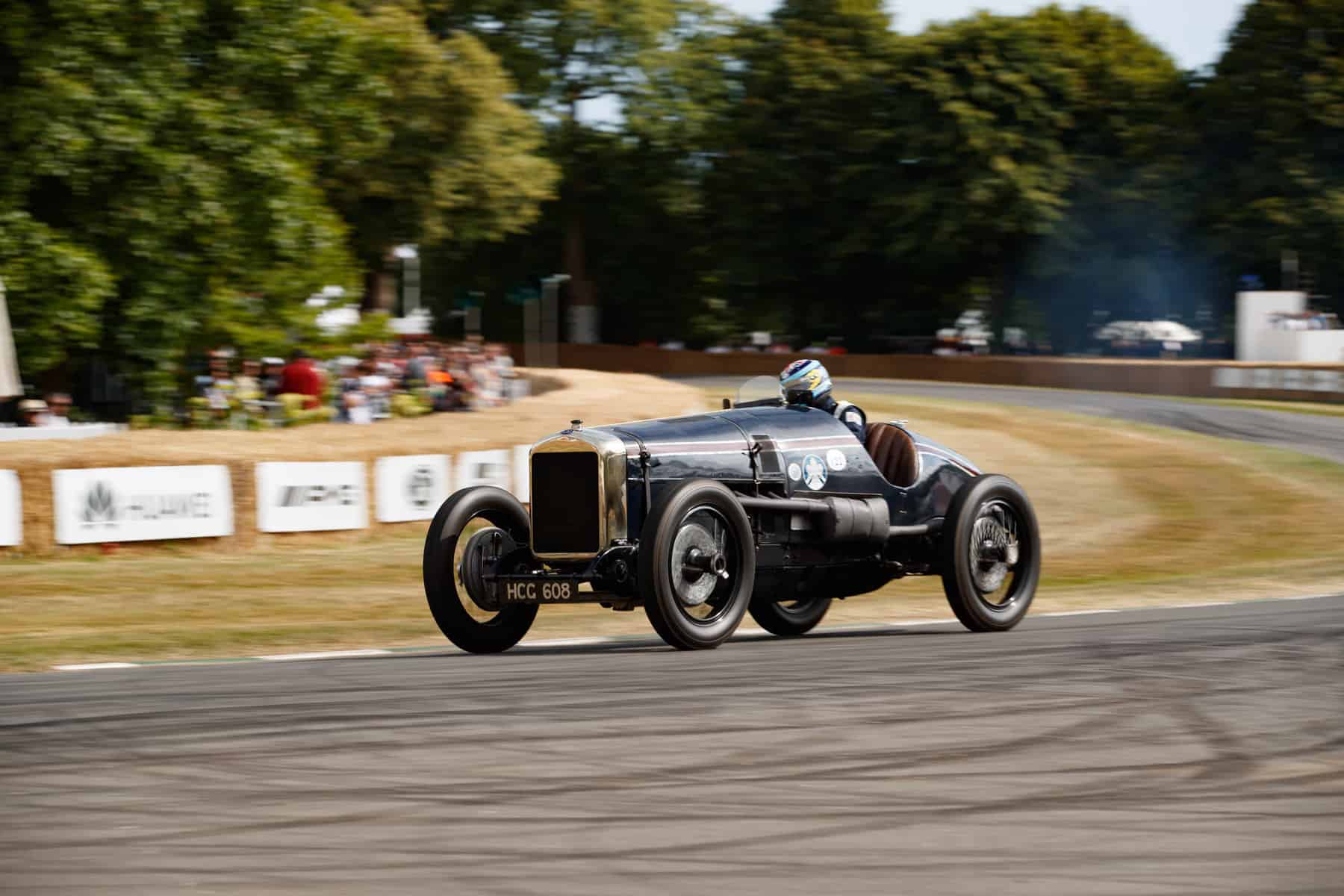
1924 Arpajon Speed Trials
One of the most remarkable weeks in motorsport history
WORDS & IMAGES BY: WOUTER MELISSEN
From the dawn of motoring, speed has fascinated the public. At a time when permanent circuits still years away, public roads were used for speed trials, long distance city-to-city rallies and road races. Using public roads was not permitted in any European country but France, which made that country the epicenter of early racing.
The speed trials in particular grabbed headlines as world records were regularly broken. Among the last held on public roads were the 1924 Arpajon Speed Trials where local hero René Thomas in a V12 Delage went head-to-head with British racer Ernest Eldridge in his Fiat Mephistopheles special.
Located 31 kilometers south of Paris, Arpajon was one of many small towns surrounding the French capital. It was picked by the Automobile Club de France and the Moto-Cycle Club de France for the very straight and flat, 4.5-mile section of Route Nationale 20. Modern health and safety standards might have objected to the line of trees on either side of this road but in 1924, it was deemed ideal for a day of record breaking. Later in the year the permanent Montlhéry circuit opened just up the road from Arpajon.
There were many categories and types of vehicles that would compete on July 6th, 1924, but it was the flying kilometre or flying mile Land Speed Record that was the most interesting. That record was held by Kenelm Lee Guinness, a scion of the famous Irish brewer, who would many years later back the Book of World Records. In May of 1922, he completed the flying kilometer at Brooklands with an average of 215.25 km/h. It was this record that Thomas and Eldridge were keen to break.
The machines the two brave men raced at Arpajon were very much built for the same purpose but could not be more different. Thomas was a works driver for Delage and had already won the Indianapolis 500 for the French manufacturer back in 1914. Constructed from scratch in 1923, his Delage represented the state of the art. What Eldridge brought to Arpajon was a backyard special that combined a 1907 vintage Fiat chassis with a surplus World War I aero engine. Although combining a Fiat chassis and engine, the complete car itself had never been anywhere near Turin.
Thomas’ Delage Type DH was one of two competition cars commissioned by Louis Delage from designer Charles Planchon in 1923. The other featured a production-based straight-six but the DH featured a new V12 that Delage hoped would also spark an interest with the country’s airplane manufacturers. Built around a sophisticated aluminium crankcase, the engine featured twelve individual cylinders, four carburetors and an exposed valve-train.
Rather optimistically rated at 350 bhp, the 10.6-litre V12 was mounted in a straightforward steel ladder frame. The rear axle was driven by a shaft from the four-speed gearbox. Suspension was by semi-elliptic leaf springs on both ends. Intended for more than “just” high-speed runs, the DH also featured drum brakes on all four corners. In an early attempt at streamlining, the front axle was cowled and the car was clothed in a relatively narrow, single-seater body that was left unpainted.
An engineer, Ernest Arthur Douglas Eldridge was not nearly as accomplished a racer as Thomas, competing mainly at Brooklands with a variety of chain-driven contraptions that he built himself. For the 1922 season, he combined an 1907 Isotta Fraschini chassis with a Maybach AZ aero engine and then switched to what was originally a 18-liter Fiat for the following season. Built in 1907 as a works Grand Prix car, the Fiat featured a four-cylinder engine and a chain driven rear axle. Eldridge had also managed to get his hands on a Fiat A.12 engine that had originally been designed to power airplanes and tanks.
Not only was the A.12 very big, displacing 21.7 liters, the straight-six was also remarkably sophisticated. Like the Delage V12, it featured separate cylinders mounted on a common crank. A single overhead camshaft was fitted, driven by a shaft from the front of the engine. Each of the cylinders was equipped with a pair of intake and exhaust valves. As on the Delage engine, the valve springs were fully exposed. Eldridge further tweaked the engine to raise the power from 245 bhp to well over 300 bhp.
To accommodate the massive straight-six, the Fiat Grand Prix car chassis was stretched by 432 mm. The original gearbox and twin-chain drive was retained and the big Fiat special only featured rear drum brakes. The 1907 bodywork did not go much beyond an engine cover, so Eldridge had to create brand new panels for his new racer. The new body ran the full length of the car from the radiator to the tapered tail. Eldridge also fitted the car with a complete belly pan, which was another form of early streamlining.
Before the two cars went head-to-head at Arpajon, both had already made their competition debut. Thomas had taken a convincing win in the 1923 Gaillon Hill Climb, which conveniently was run on a thousand meter-long straight road. The fast Delage quickly gained the nickname La Torpille or The Torpedo. First seen in action in June of 1923, the new Fiat racer proved a difficult beast to tame. At first it did not run quite right and once it did, it had the tendency to go through tires at an alarming rate. By June of 1924, Eldridge had gotten on top of most of the car’s issues.
While the Delage was a familiar sight to the French public, the big Fiat left the crowd in awe. The menacing machine was quickly nicknamed Mephistopheles by the local press. This was a reference to a demon working for the devil from the Faust legend. Already stuck in his own private hell, Mephistopheles advises Faust not to sell his soul to the devil to avoid a similar fate. The nickname stuck and the aero-engined Fiat is to this day referred to as Mephistopheles or its Italian counterpart Mefistofele.
Thomas was out on “track” first with his Delage. New regulations had been introduced in 1924, which now stipulated that a record would only count if a return run was made within thirty minutes of the first. The average of the two runs would be the final result. Much to the delight of the partisan crowd, Thomas completed his two runs over the flying mile with an average of 143.3 mph or 230.6 km/h, which represented a new Land Speed Record with an improvement of nearly 10 mph or 15 km/h.
Eldrigde then lined up Mephistopheles with Jim Ames serving as his riding mechanic. They completed their runs with an average of 146.8 mph or 236.3 km/h, beating Thomas his earlier effort. The Frenchman, however, had had a close look at the Fiat special and discovered that it did not have the mandatory reverse gear fitted. Delage and Thomas duly protested the results, and the results of the big Fiat were scratched. At the end of the Arpajon Speed Trials, it was Thomas who was the World Land Speed Record holder.
The British engineer was undeterred and modified his Fiat and managed to convince the governing body that a reverse gear was now fitted. Six days later, he was back at Arpajon and with the local police in attendance to clear the RN20, Eldridge recorded an average speed of 145.9 mph or 235 km/h. This meant that within one week, Arpajon had hosted two successful attempts at the World Land Speed record. It was the last one ever set on public roads. Later in the year Malcolm Campbell beat Eldridge on the Pendine Sands beach with a relatively small margin.
Delage eventually sold the La Torpille to the Thomson & Taylor company, who fielded the car with great success for many years at Brooklands. John Cobb used it to great effect before stepping up to the mighty Napier Railton special. Still racing in 1935, it was used by Kay Petre to set the Brooklands Ladies Lap Record with an average of 134.75 mph. It moved seamlessly into historic racing at the War and won at Silverstone in 1950 before suffering extensive damage in 1952. The remains were fortunately salvaged by Jack Williamson, who together with his son Jonty restored the car many years later. It has since continued to be raced to this date.
Eldridge continued to race Mephistopheles at Brooklands and then sold it in 1925. It was raced some more and later used on public roads. It passed through a succession of British hands until it was acquired by Fiat in 1960. Once it arrived in Turin for the first time in its life, the aero-engined behemoth was restored to running order. It was later more comprehensively restored, and the Fiat engineers were reportedly unable to find any signs of a reverse gear ever being fitted. Still in full running order, the big Fiat makes rare appearances including at the 2011 Goodwood Festival of Speed where Mephistopheles was reunited with La Torpille.
With events like the Bonneville Speed Week, the tradition of the Speed Trials is kept alive. It is today, however, incomprehensible that successful attempts at the World Land Speed Record are held at the same venue, let alone just a few days apart. The mighty Delage and Fiat racers survive as a testament to that remarkable week in July 1924.
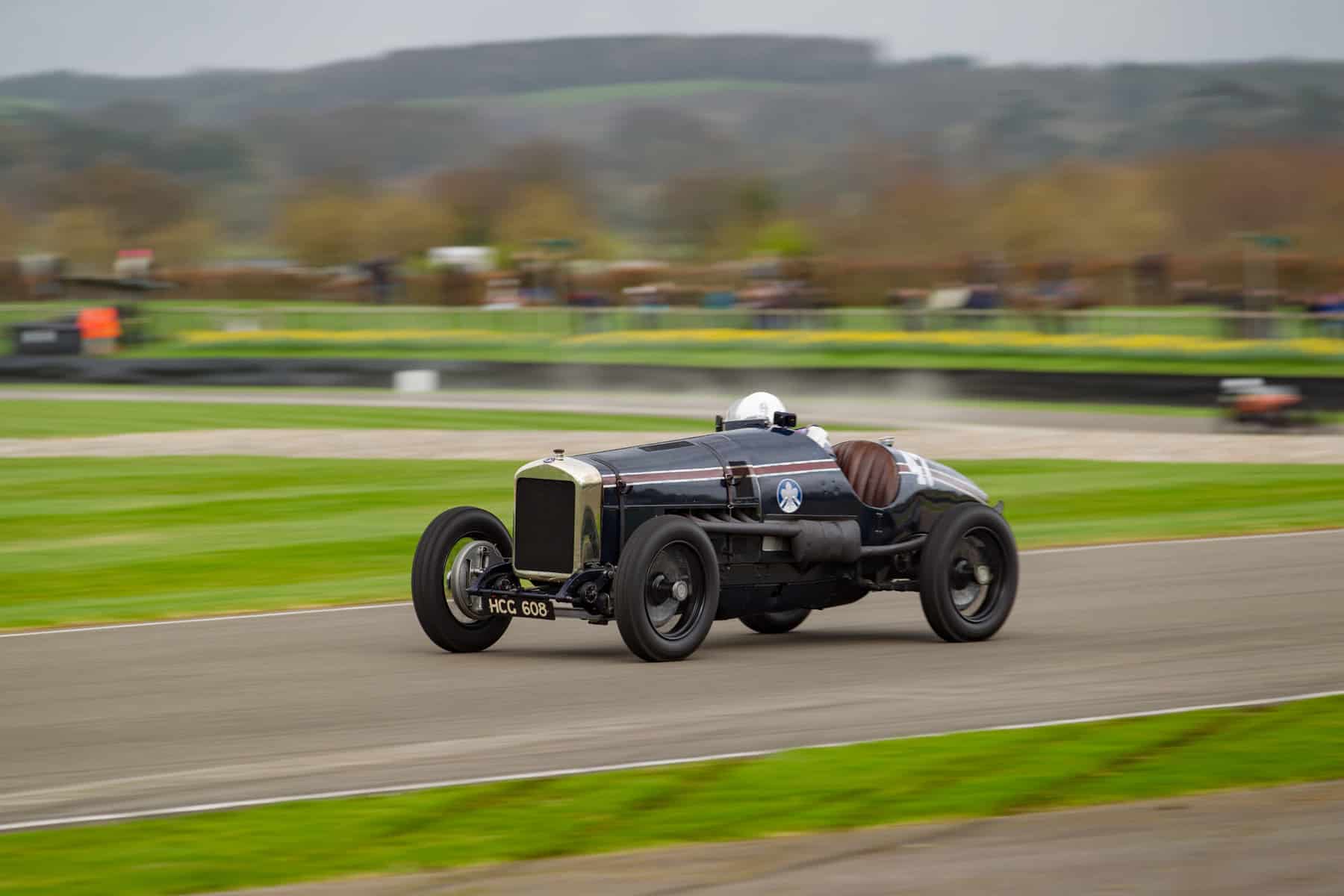
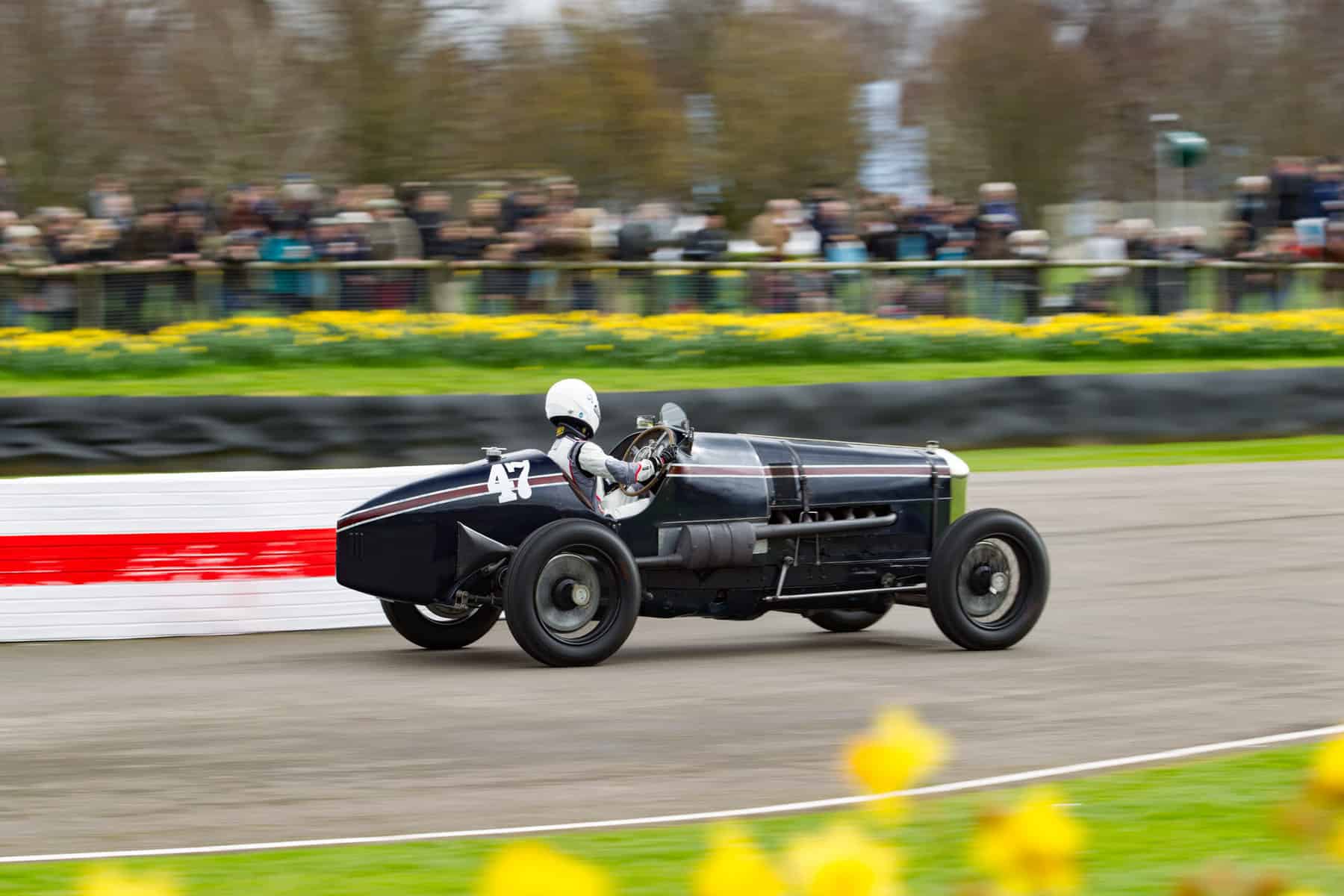
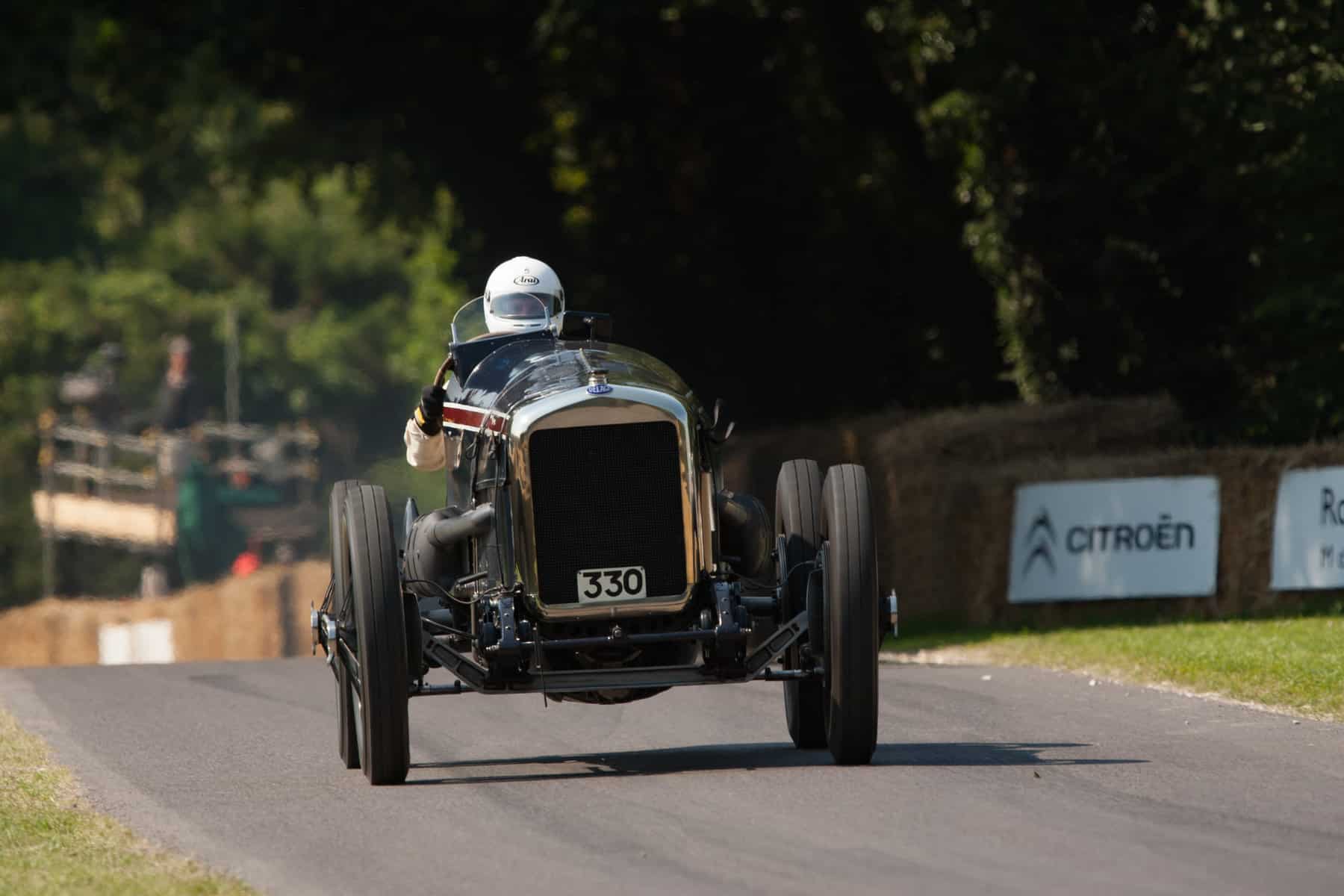


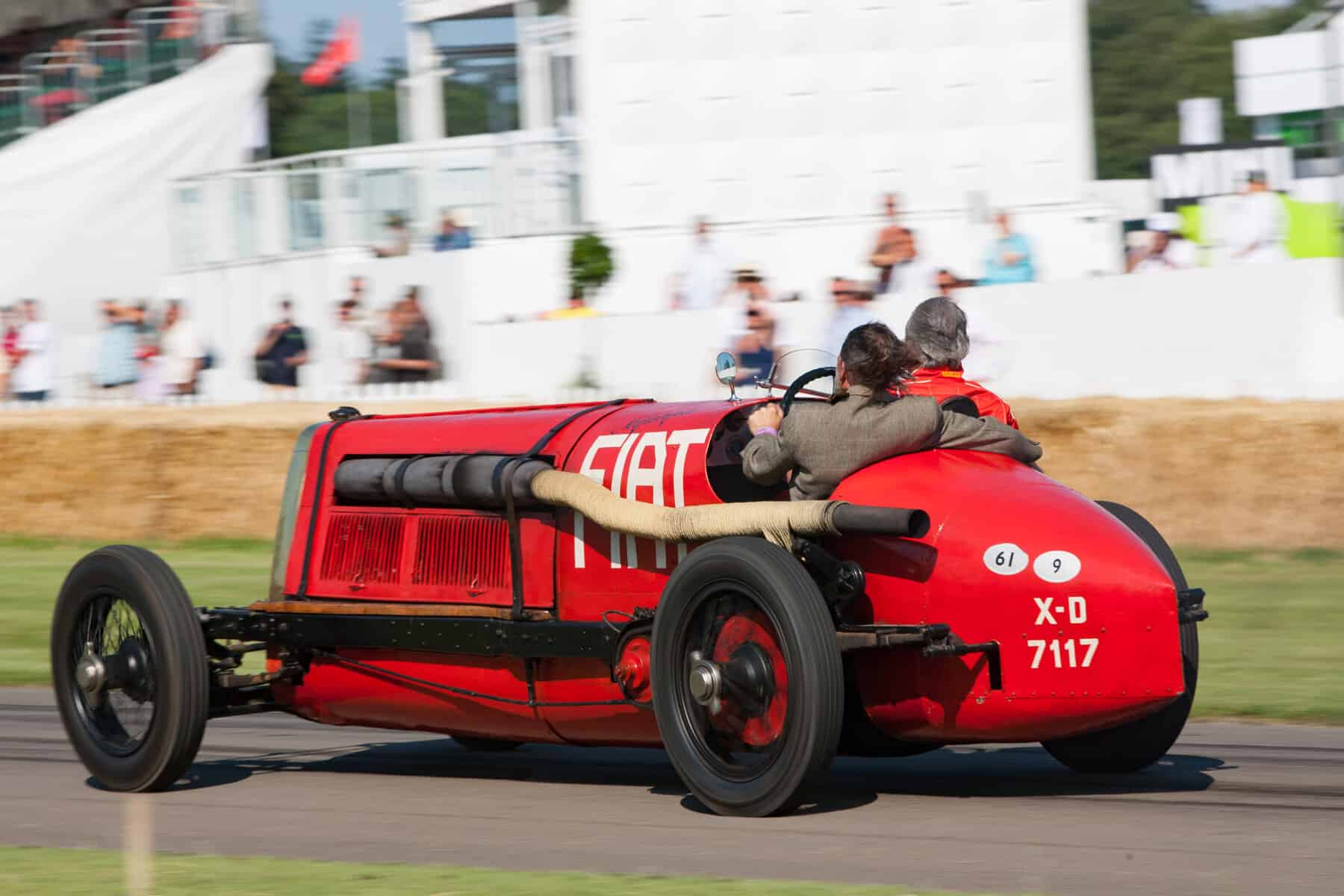


![alfa gtz perfectly imperfect webannerl[1]](https://automedia.revsinstitute.org/wp-content/uploads/2024/08/Alfa-GTZ-Perfectly-Imperfect-webannerl1-uai-1200x800.jpg)

